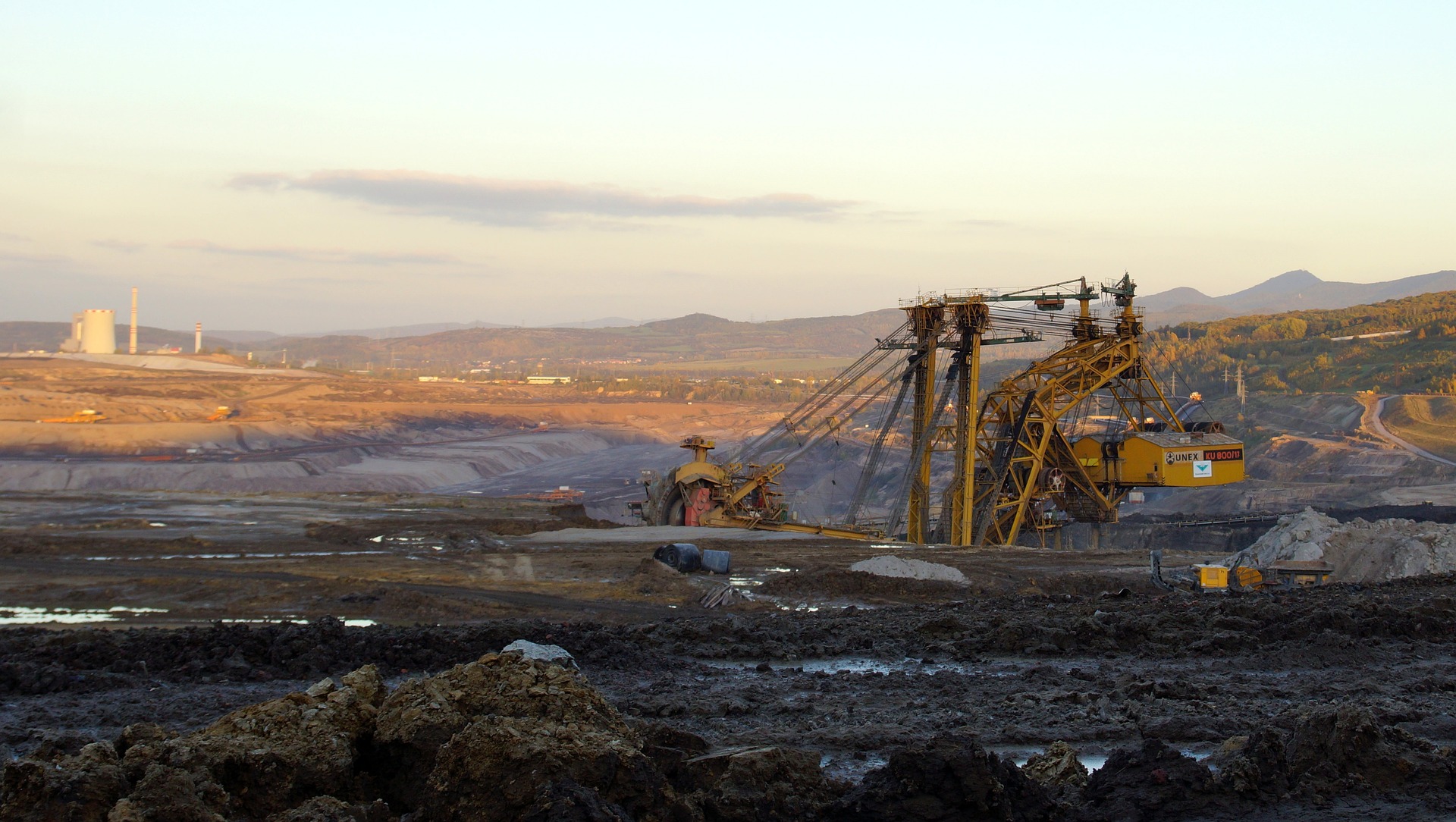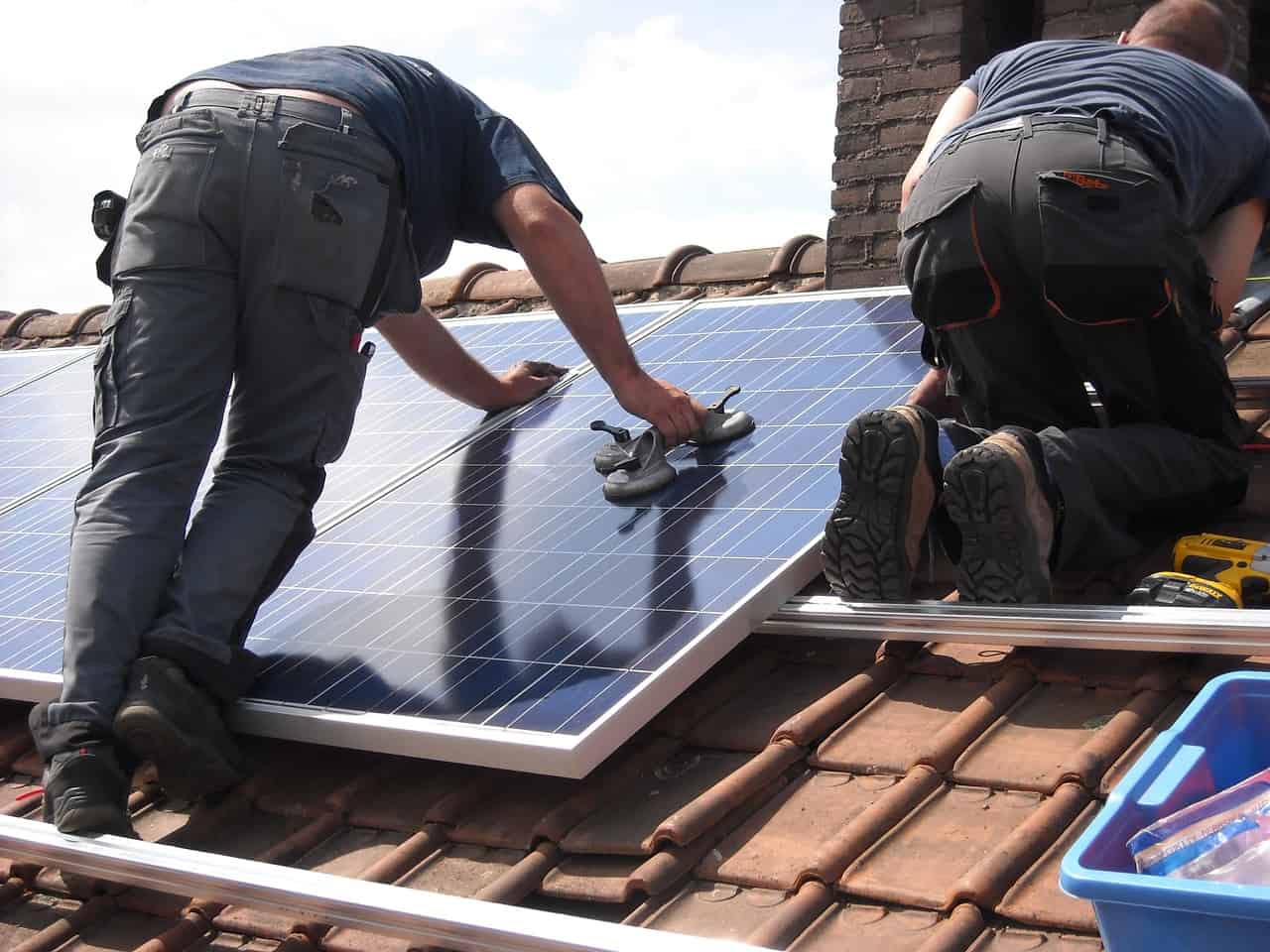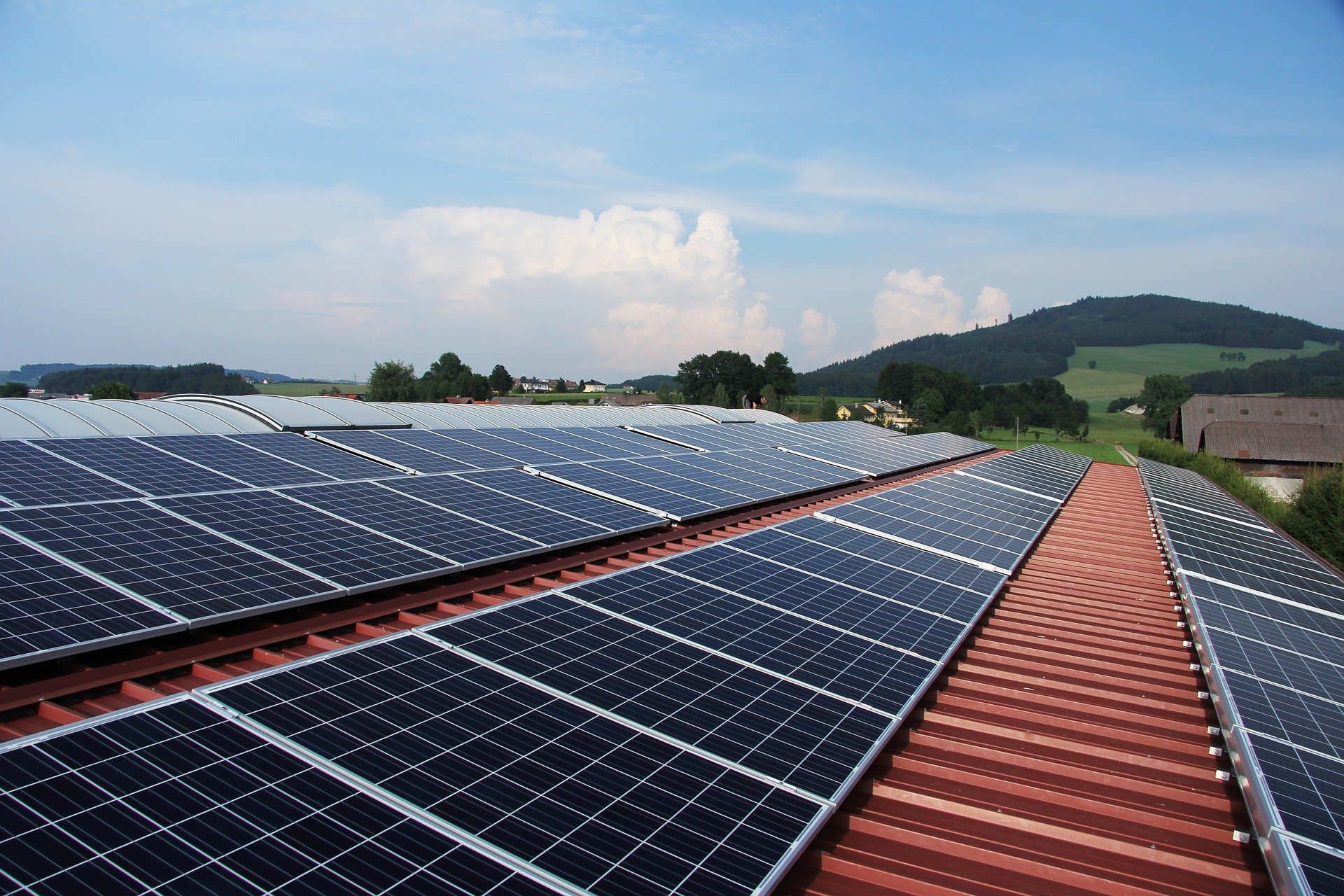
About Decarbonizing Europe
What does the Recovery and Resilience Facility entail?
The European Commission has made available an amount of 723.8 billion euros
to combat the consequences of the corona crisis and make Europe greener, cleaner, and future-proof. All member states have the opportunity to submit plans for disbursement from this Recovery and Resilience Facility.
Who is participating in the Recovery and Resilience Facility?
All the member states of the European Union. All member states? No, The Netherlands has not submitted plans as yet. Although, it became public knowledge at the end of January that hard work is going on behind the scenes in the Netherlands to secure some of those European billions.
What do the member states have to spend the money on?
At least 37 percent of the funding should be used for making their countries more sustainable and 20 percent for digitalization. In addition, there are also other key points:
– Smart, sustainable and inclusive growth
– Social and territorial cohesion
– Public health, economic, social, and institutional resilience
– Policy for future generations
What else is happening?
Apart from that, the EC has identified several so-called flagship areas:
– Power up
– Renovate
– Recharge and Refuel
– Connect
– Modernise
– Scale-up
– Reskill and upskill
What is Innovation Origins planning to do?
Over the next few months, we will be focusing on the implementation of these plans. We will be outlining what each country is doing to reduce CO₂ emissions, and we will be reporting on innovative projects. Infographics will allow you to compare the member states’ efforts with each other.
A crisis like the corona pandemic calls for decisive measures. The EU has freed up €723.8 billion in an effort to use the Recovery and Resilience Facility (RRF) to pull the European economy out of the recession caused by corona. In order to qualify for a share of this large bag of money, member states must submit a plan to the European Commission. In the series Decarbonizing Europe, we put those plans under a magnifying glass.
The Czech Republic is not exactly the cleanest kid in the class. In order to meet the EU’s climate targets, the heavy reliance on coal must be scaled back and the proportion of renewable energy needs to be increased. However, with green energy making up fifteen percent of the country’s energy consumption, this figure is still very low. Yet, environmental expert Vojtech Kotecky from the Czech Charles University is optimistic about the future.
This is partly due to the new government in Prague that is projecting more ambition than the previous one led by billionaire Andrej Babis, says Kotecky. “The government of Prime Minister Petr Fiala just needs time to concretize its plans.”
New government
To cite an example, a few years ago, the Babis government committed to a 22 percent proportion of green electricity. “But that is obviously not enough by far. You can count on this percentage being substantially adjusted upwards. Especially in the field of solar energy, the Czech Republic has a lot of potential.”
Another example is coal mines and coal-fired power plants. Under Babis, the plan was to close those in 2038. This has now been brought forward by five years and, according to the Czech Environment Minister Anna Hubackova, it could even happen in 2030, although the war in Ukraine is now casting doubt on this. In any case, it would require a tremendous effort, because currently 46 percent of electricity still comes from coal-fired power plants and 25 percent of homes are heated with it. The coal industry plays a particularly large role in the northwest (brown coal) and in the northeast (coal).
Pause for thought
According to the European Affairs minister Mikulas Bek, the reason that politicians need time to come up with more concrete targets also has to do with the fact that Czech politicians have failed in the past to think carefully about where they would like to go with their energy and climate policy. It had more or less been put on the back burner.
“There was a lot of criticism in Czech politics about the European proposals. People were saying that it was all going too fast for a poor country like ours. But it was criticism that lacked substantive arguments and alternatives as to how things could be done better. The current government wants to make up for that by first making a thorough analysis of where the most substantial climate gains can be made at the lowest cost,” he said in a recent radio interview.
Bek also hopes that the European Union will accept nuclear energy as a source of green energy. Otherwise, it will be difficult to attain the CO₂ targets in any event. He is also asking Brussels for a little respite for the car industry. He thinks that a ban on the sale of cars with combustion engines in 2035 is too early for the Czech Republic. The Czechs do not have the purchasing power that the Germans or the Dutch have. Moreover, there are a lot of jobs at stake in companies like Skoda. A longer transition period would help.
NextGeneration EU
The corona crisis is one of the biggest challenges of our time. The European Union, through NextGenerationEU – the largest recovery plan ever at €806.9 billion – aims to help its member states emerge stronger from the crisis. The Recovery and Resilience Facility (RRF) is at the heart of this plan (€723.8 billion).
The RRF has two goals: first, to pull the European economy out of the recession caused by the corona pandemic. At the same time, it is designed to give an impetus to important investments for the future and measures for rolling out reforms.
All 27 member states have submitted plans. Whether all the money is actually disbursed depends on a final assessment of the projects. For example, countries must spend at least 37 percent of their budgets on climate action and 20 percent on digitalization.
Fit for 55
Kotecky, in spite of all the ifs and buts, is confident that things are moving in the right direction. He thinks the Czech Republic has a good chance of meeting the so-called ‘Fit for 55’ target set by the EU, although that target actually does not mean much to him, “because how can you lump countries like the Czech Republic, Poland and Romania in with the Netherlands or France?”
The aim of the Fit for 55 initiative is to emit 55 percent fewer greenhouse gases by 2030 than they did back in 1990. The Czech Republic is not that far from that target, at around 40 percent. Kotecky: “This is mainly down to the modernization of industry in the 1990s after the end of communism. The next wave must come from energy efficiency, greener public transport, closing coal-fired power plants and more wind turbines and solar panels.”
Energy efficiency
The European corona recovery fund will definitely contribute to this. The main outlines are in place. In total, the Czech Republic will receive 7.3 billion euros from the fund based on the plans handed in by the Babis government last year. Of that, 42 percent is going towards climate measures.
That amounts to 3.2 billion euros, most of which – about 1.4 billion – will be spent on energy efficiency. This will include, for example, better insulation of homes and government buildings and energy-efficient heating systems. A portion will also be spent on energy advice centers across the country and additional training for installers so they are up to speed on green technology (especially solar panels).
Sustainable mobility
A second tranche of 1.1 billion euros will be allocated to sustainable mobility. Some examples are the replacement of diesel trains and more electric buses.
A further 480 million euros will be invested in renewable energy. Under which allocation scheme (wind, water, solar, biomass) is still unknown.
And last but not least, 141 million euros are dedicated to the circular economy. This includes additional investments in recycling systems, more economical use of fresh water resources and better wildlife management of Czech forests.
Economy
Exactly what it will yield in economic terms is still difficult to say. The Babis government was assuming 0.8 percent to 1.2 percent additional growth in 2026 thanks to the corona fund earmarked for the Czech Republic and another 0.3 percent due to the corona fund also creating more demand for Czech products and services in other EU countries. The boost from the corona fund could generate approximately 18,000 additional jobs.
However, many economists are taking these figures with a grain of salt, because it is difficult to estimate in advance what the exact effects will be. That the 7 billion euros are beneficial in the short term is obvious. But what the long-term consequences will be is less clear.
On the one hand, the economy will be modernized and made more efficient. On the other hand, energy will become more expensive, at least temporarily. Some industries may suffer permanently, while others will flourish.
Photo of the Czech brown coal mines. (Photo Pixabay)
Support us!
Innovation Origins is an independent news platform that has an unconventional revenue model. We are sponsored by companies that support our mission: to spread the story of innovation. Read more.
At Innovation Origins, you can always read our articles for free. We want to keep it that way. Have you enjoyed our articles so much that you want support our mission? Then use the button below:






